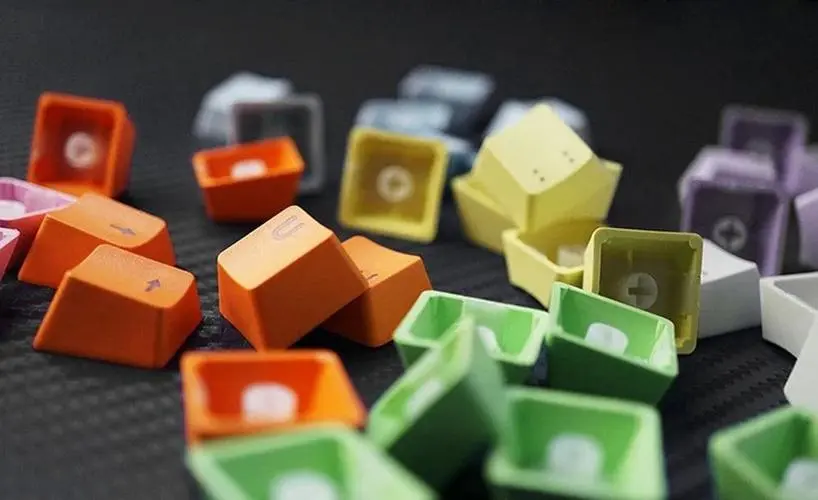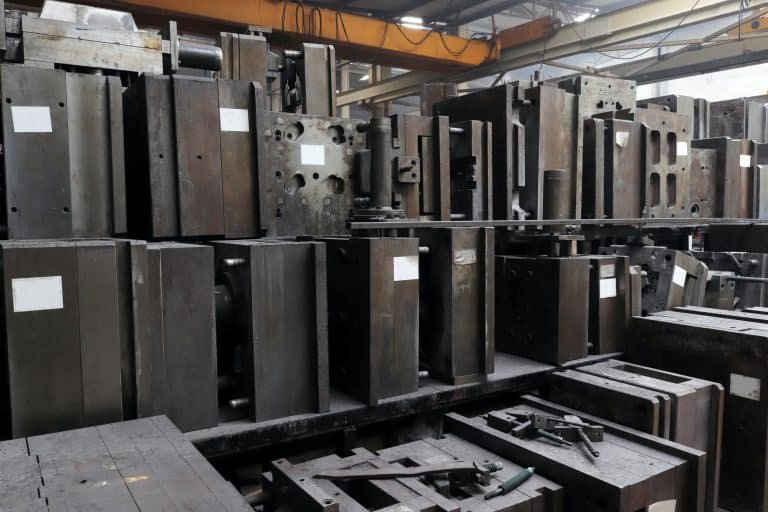If the injection mold is too clean, what will be the harm? You will learn after reading this article.
Routine Injection Molds Cleaning in Production Cycles
Every time the mold is removed from the press, the mold pores must be opened first to remove all oxidizing dirt and rust in non-critical areas of the mold and template. This prevents it from slowly corroding the surface and edges of the steel. In many cases, even after cleaning, some uncoated or rust-prone mold surfaces will soon rust again. Therefore, even if it takes a long time to brush the unprotected mold. But surface rust can not be completely avoided.

Post-Molding Residue Prevention in Injection Molds
For different kinds of residues, the cleaning requirements will be different. For example, resins such as polyvinyl chloride produce hydrogen chloride gas, which corrodes many types of die steel. Other residues are separated from flame retardants and antioxidants but cause corrosion to the steel. Some pigments rust the steel, and the rust is difficult to remove. Even ordinary sealed water, if placed on the untreated mold surface for too long, will also cause damage to the mold.
Self-Cleaning Vent Lines for Modern Injection Molds
These pipes have a high gloss. The air vent is cleaned and polished to the level of SPI #A3. Alternatively, by milling or grinding, the residue is discharged into the garbage area of the ventilation line to prevent the residue from adhering to the surface of the roughing mill stand. However, if the operator uses coarser scrubbing pads, emery cloth, sandpaper, grinding stones, or brushes with nylon bristles, brass, or steel to grind the mold manually, it will cause excessive cleaning of the mold.

Precision Cleaning with Standardized Abrasives
In general, when hard plastics, glass beads, walnut shells, and aluminum pellets are used as abrasive agents for high-pressure crushing and cleaning of the mold surface, if these abrasive agents are used too frequently or are used improperly, this grinding method will also cause pores on the mold surface and easy residue adhesion to it. Lead to more residue, wear, or lead to premature mold fracture or burr, and other phenomena, but more conducive to the cleaning of the mold.
To effectively reduce the wear of the mold, we should find cleaning equipment suitable for the mold and processing technology.









